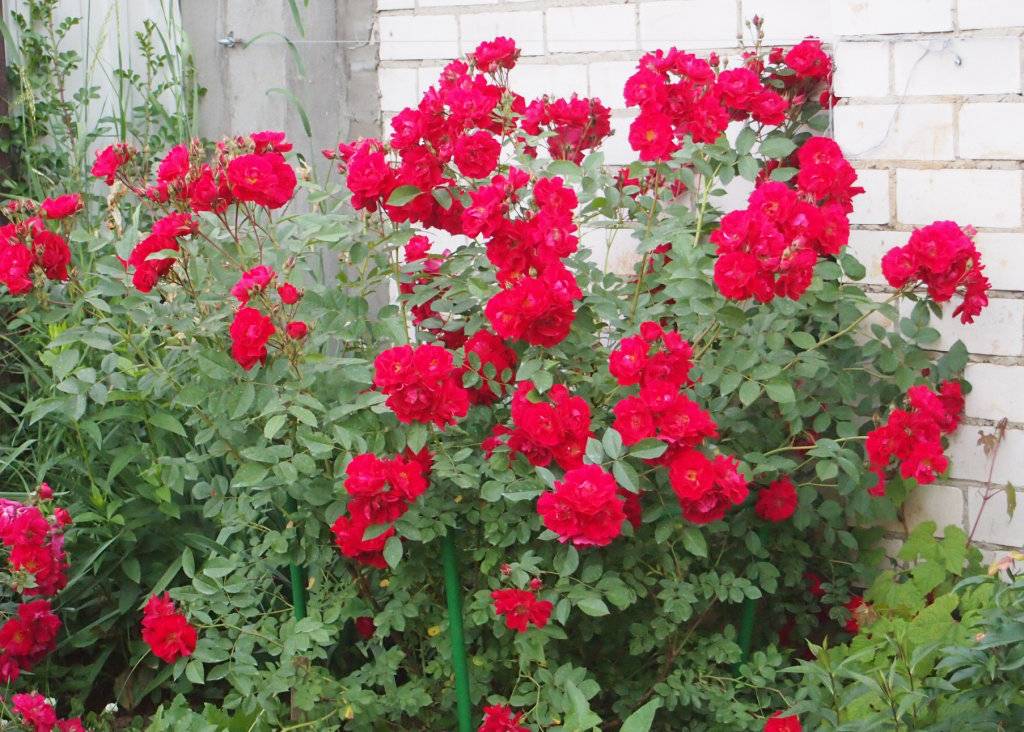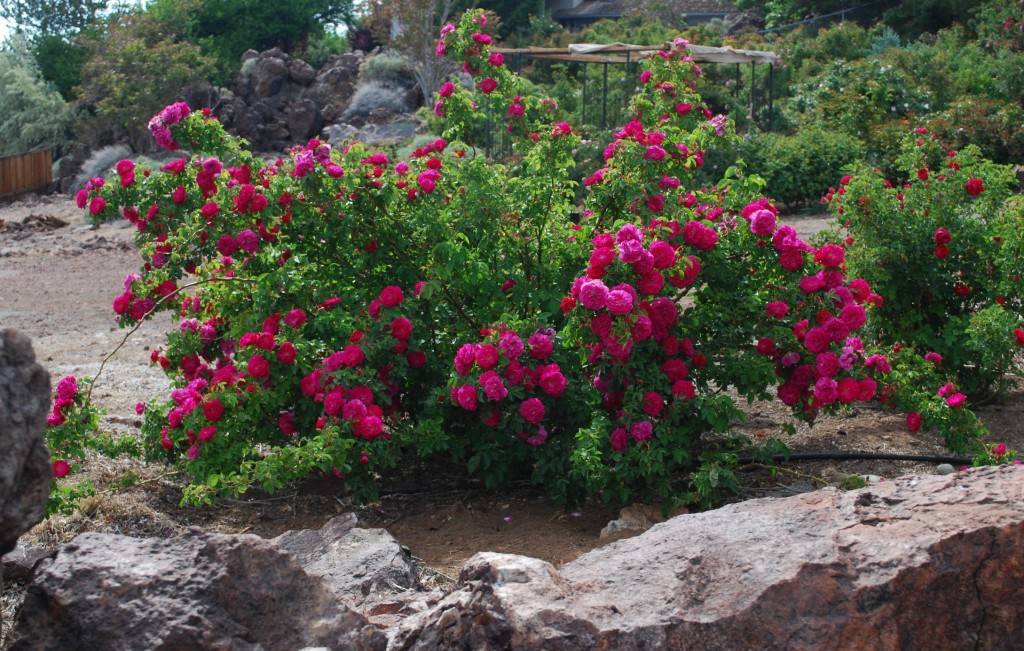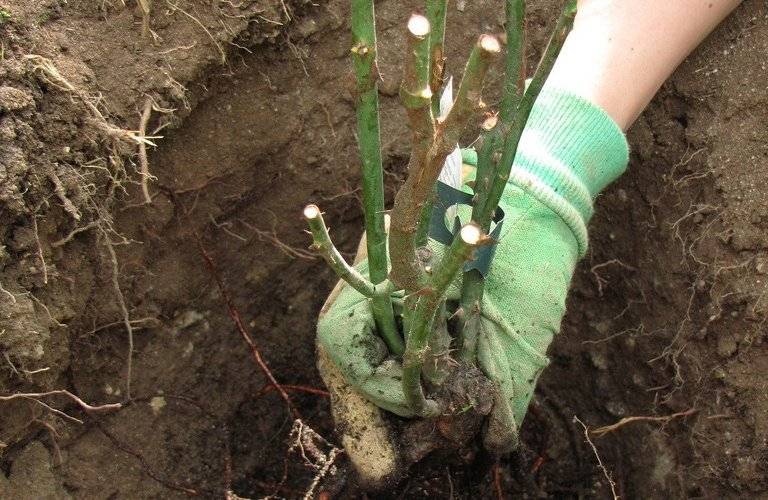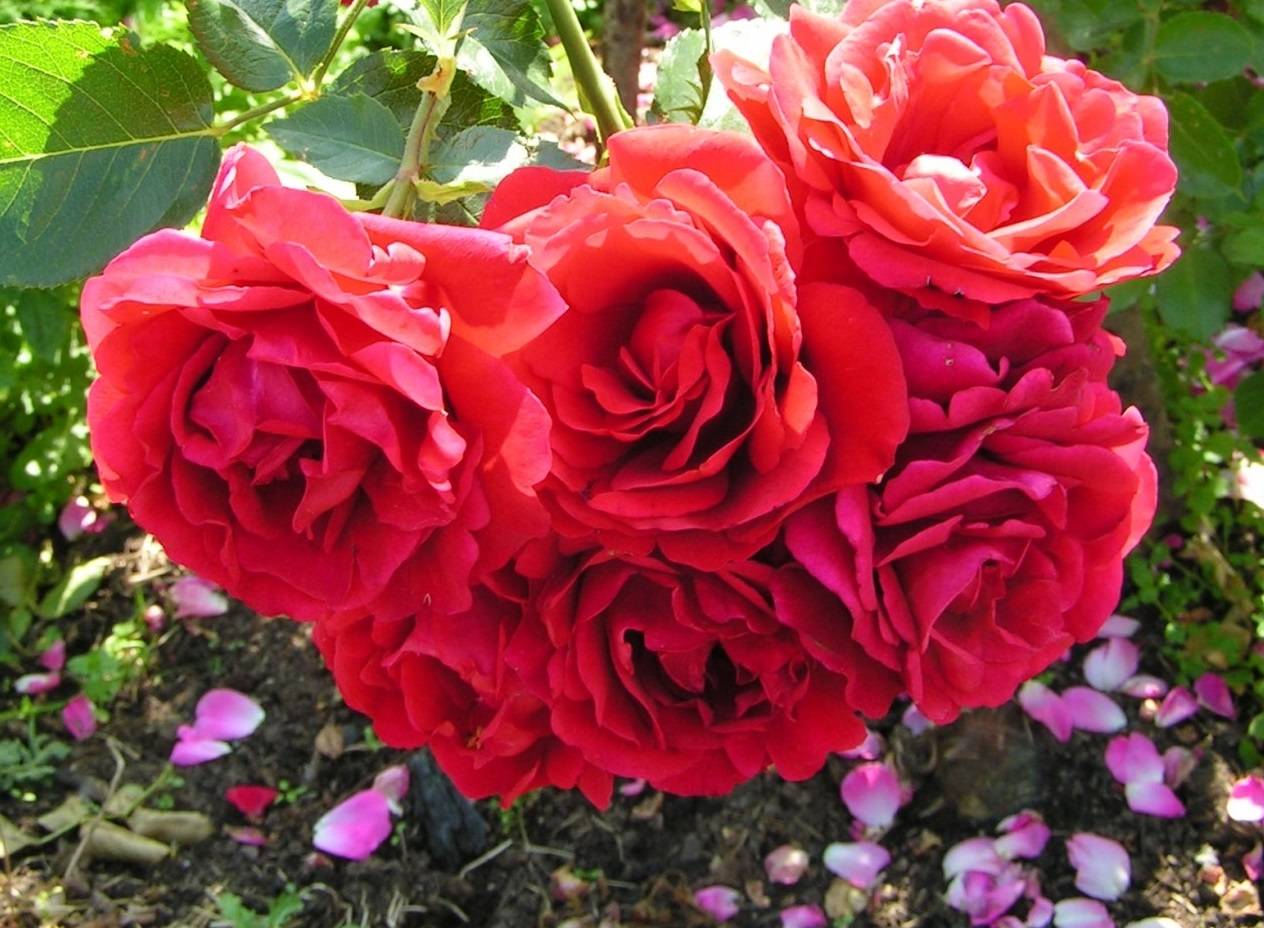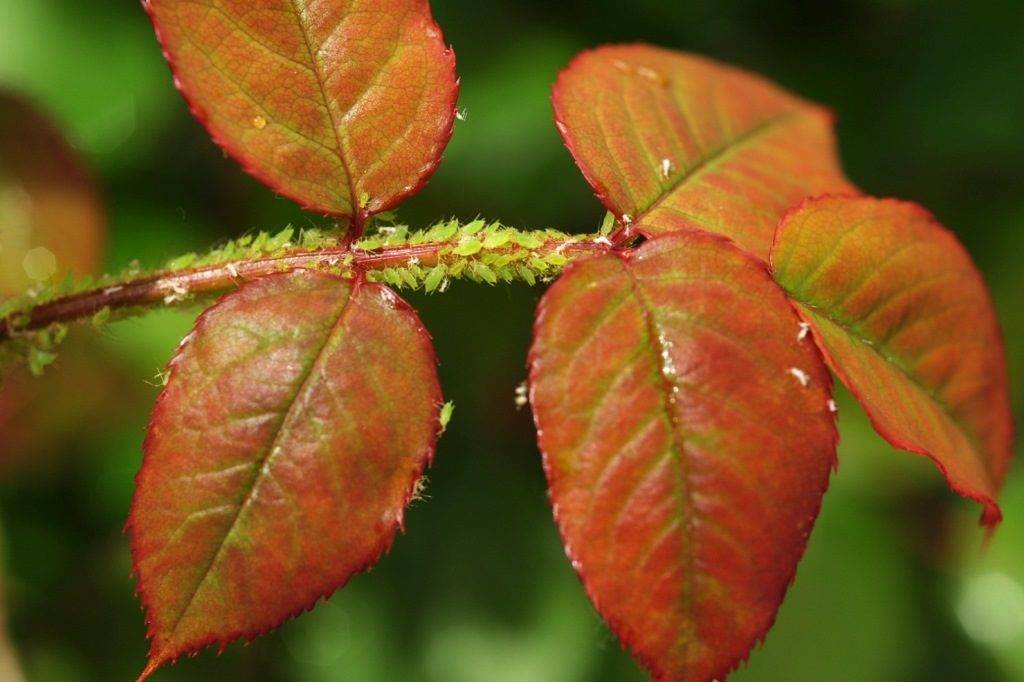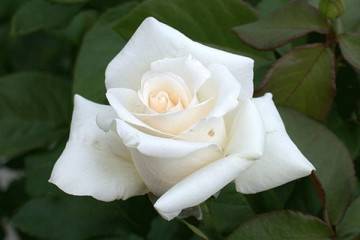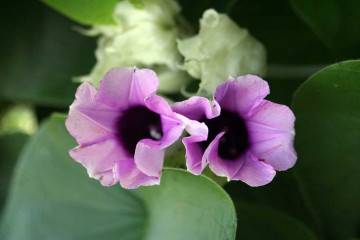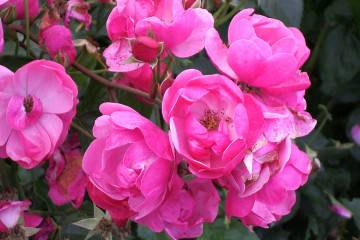Rose John Franklin
Content:
Park roses of Canadian selection are unpretentious, hardy, bloom for a long time and abundantly. They can be grown even in cold regions. One of the popular varieties of the crop is John Franklin, information on the cultivation of which is provided below.
Rose John Franklin - what kind
The culture was bred by breeders in Canada. The park rose is intended for growing in unfavorable climatic conditions. The variety is very popular for flowering with short interruptions throughout the summer and half of the fall.
Rose John Franklin grows bushes up to 1-1.25 meters in height, and spreads out to the same parameters in width. There are green-yellow thorns on the shoots. The buds, consisting of 25 petals, are colored crimson red. When opened, the flower reaches a size of 5-6 centimeters. The description indicates that one flower cluster can consist of 25-30 buds.
At the time of flowering, a light spicy aroma emanates from the bushes. The variety has an average winter hardiness, after freezing it quickly recovers. The bushes do not tolerate the abundance of rainfall. The rose is easy to plant on the site using cuttings.
Advantages and disadvantages
The positive qualities of the variety include the following characteristics:
- beautiful appearance of the bushes during flowering;
- pleasant aroma;
- long flowering period;
- drought resistance;
- good recovery after frost.
Negative qualities include: the presence of thorns, poor resistance to black spot.
Use in landscape design
Erect bushes of John Franklin will look beautiful both when planted alone against the background of the lawn, and in a group with other roses. They can be used as a background for flower beds, they can be used to decorate gazebos and terraces. Also, the bushes will look spectacular in the landscape next to conifers.
Growing a flower
You need to purchase bushes in specialized farms, otherwise after a while you may be disappointed with the result. The overgrown plant is subsequently easy to dilute on the site by grafting.
In what form is the landing
A rose is planted on the site with grown seedlings. They are purchased in nurseries, or grown independently.
The best age for planting plants is 1-2 years. The younger the bush, the faster and easier it will take root in a new place.
What time is the boarding
You can plant roses on the site in the spring, after the earth warms up to 10-12 ° C. Planting usually begins in mid-April and ends in late May. Roses planted in spring should not be allowed to bloom in the first year.
You can also plant bushes in the fall, from mid-September to mid-October. A later planting is undesirable, since the seedlings may not have time to take root until frost.
Location selection
The area where the roses will be planted should be illuminated by the sun for most of the day.It is good if it is shaded at noon: for example, a shadow from trees or tall shrubs will fall on the plants. Groundwater at the John Franklin rose planting site should not come closer than 2 meters to the ground surface.
How to prepare the soil and flower for planting
The planting area is freed from weeds, dug up. Park roses of Canadian selection grow best in loamy soil. If the soil is too heavy, fertile soil, peat, sand are added to it. If the soil is acidic, lime or dolomite flour is added to it.
During transportation, the root system dries up, so it is placed in water for several hours. If there are broken roots, they are pre-pruned. In order for the seedlings to take root faster, a growth stimulant can be added to the water.
Planting procedure step by step
Dug holes for roses are 70 centimeters deep and 90 centimeters wide. Rose bushes are planted in them as follows:
- Expanded clay, broken brick or small pebbles are laid out on the bottom.
- Then a layer of fertile soil is poured into which 2 cups of bone meal and a handful of superphosphate are added.
- The next layer is fertile soil in which prepared plants are planted.
- The soil is lightly tamped, the seedlings are watered abundantly.
To retain moisture, the trunk circle can be mulched with peat.
Plant care
In order for the John Franklin rose to show itself in all its glory, you need to constantly look after it: water it on time, feed it, loosen the soil, remove weeds. The faded buds are cut: this stimulates the formation of new flowers.
Watering rules and humidity
Although the rose John Franklin is a moisture-loving plant, excess moisture can lead to the appearance of fungal diseases. Therefore, you need to ensure that the soil has time to dry out between waterings. For each young bush, you need to add at least 10 liters of water, for an adult planting - at least 15 liters.
The procedure is carried out in the morning, before the onset of heat. It is impossible to water the rose with sprinkling, especially during a hot period, otherwise the leaves may be burned. In the evening, watering is not performed in order to avoid the appearance of fungal diseases.
Top dressing and soil quality
Rose John Franklin is fed several times a season: only in fertile land will the bushes develop rapidly and bloom profusely.
- In the spring, a urea solution is introduced to build up the vegetative mass.
- Before and after flowering, the bushes are fertilized with a complex mineral composition.
- Before the onset of frost, the ground around the roses is covered with humus.
Pruning and replanting
To give the bushes a beautiful look, dry, diseased, broken stems are pruned. Branches growing below the grafting site are also removed.
The procedure is carried out with a sharp, disinfected instrument. You can transplant a rose in spring and autumn. If there are buds on the bushes, they must be removed, since flowering takes away from the plants a lot of the strength it needs to root.
Features of wintering a flower
Park Canadian rose John Franklin in late autumn is watered abundantly with water, unripe shoots are cut off, and spud.
In the Siberian regions, it will be necessary to create a covering structure. To do this, pegs are driven into the ground around the bush, on which agrofibre or other material is thrown. In early spring, the shelter is removed, otherwise there will be a danger of damping out of the root system.
Blooming rose
The flower buds are painted with a crimson-red palette. Petals are slightly pointed, double: outwardly, John Franklin's flowers look like a garden carnation. Flowering is profuse and long lasting.
A period of activity and rest
The buds begin to open in April: Canadian-bred roses are among the first to bloom. Flowers bloom gradually and stay on the bush for about 2 weeks. In the summer, a short period of dormancy begins, after which flowering resumes.
Care during and after flowering
If the weather is hot, the plants are watered at least 1 time per week. The next day, the soil is loosened to prevent the formation of a dry crust.
Weeds continue to be removed around the bushes. After flowering, the land is fed with a complex mineral fertilizer.
What to do if it does not bloom, possible reasons
In order for the rose to bloom profusely and for a long time, you need to correctly carry out agricultural techniques. The following factors can lead to problems with flowering:
- prolonged drought;
- cultivation in depleted soil;
- damage by diseases and pests;
- young age;
- planting bushes in the shade.
Having corrected the mistakes of care, the gardener will again admire the abundant flowering of the rose.
Flower propagation
The planting is easy to propagate on the site by grafting. Seed breeding is usually not used as it is labor intensive.
When is it produced
It is best to propagate a rose by cuttings in late June or early July. During this period, the shoots are well-ripened, filled with juice.
You can also cut the cuttings in the fall and store them in a cool room until spring. With the onset of heat, they are planted in the ground.
Detailed description
The propagation procedure by cuttings is performed as follows:
- fertile soil is poured into the box;
- cuttings are cut into segments of 12-15 centimeters;
- remove the lower leaves, shorten the upper ones by half;
- cuttings are planted in moist soil;
- the box is covered with plastic wrap.
Every day, planting is aired, condensation is removed. When the cuttings take root and start growing, they are planted on the site.
Diseases, pests and ways to control them
The most common pest is aphids. It sucks out cell juice, weakening the plantings. Rose bushes can also infect mites, thrips. They get rid of harmful insects by applying insecticides.
With improper care, plants can be affected by fungal diseases. To prevent their appearance, roses are sprayed with copper-containing preparations several times per season.
Park roses are very popular for their hardiness. John Franklin is one of the most beautiful varieties of the crop. It is unpretentious, hardy, blooms profusely and for a long time. With good care, the bushes delight with flowering from spring to late autumn.
